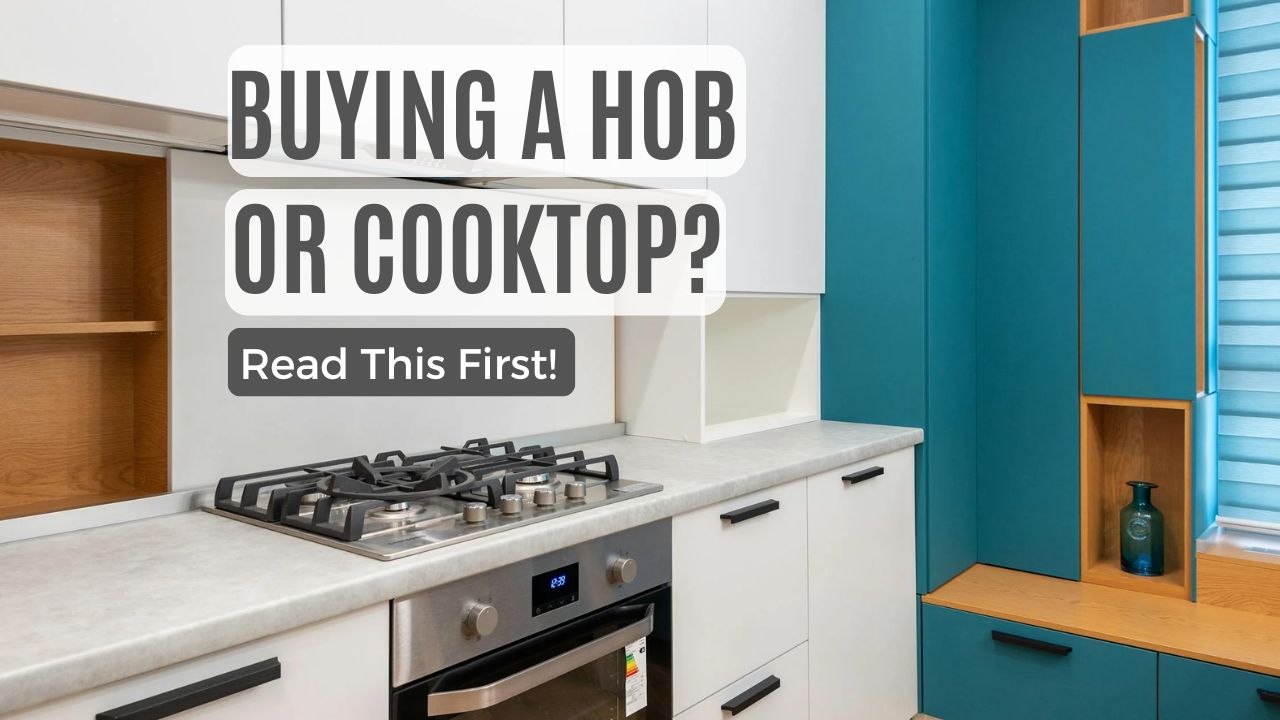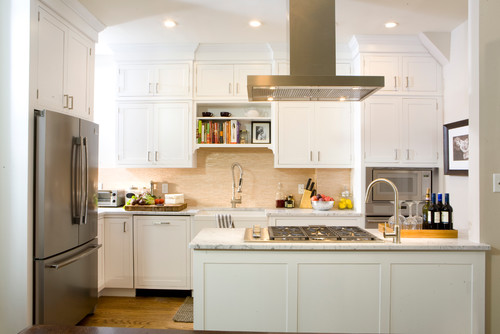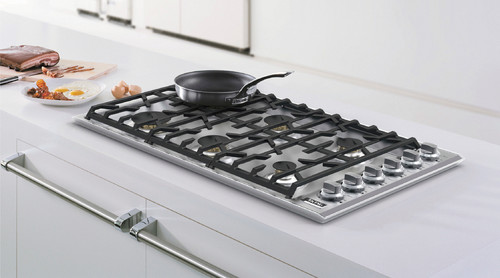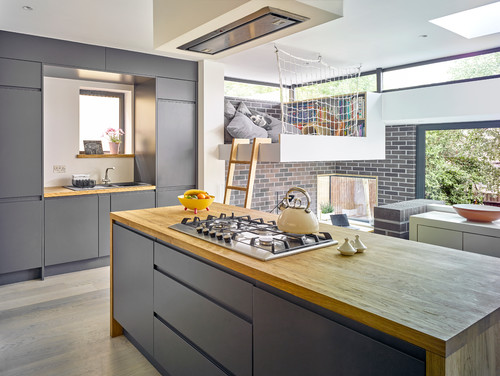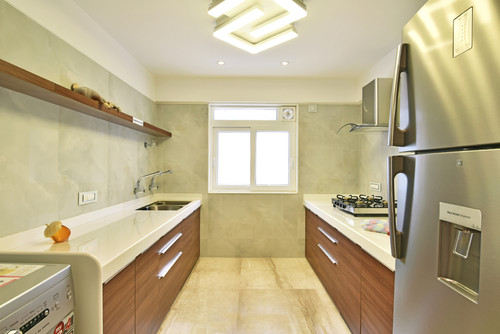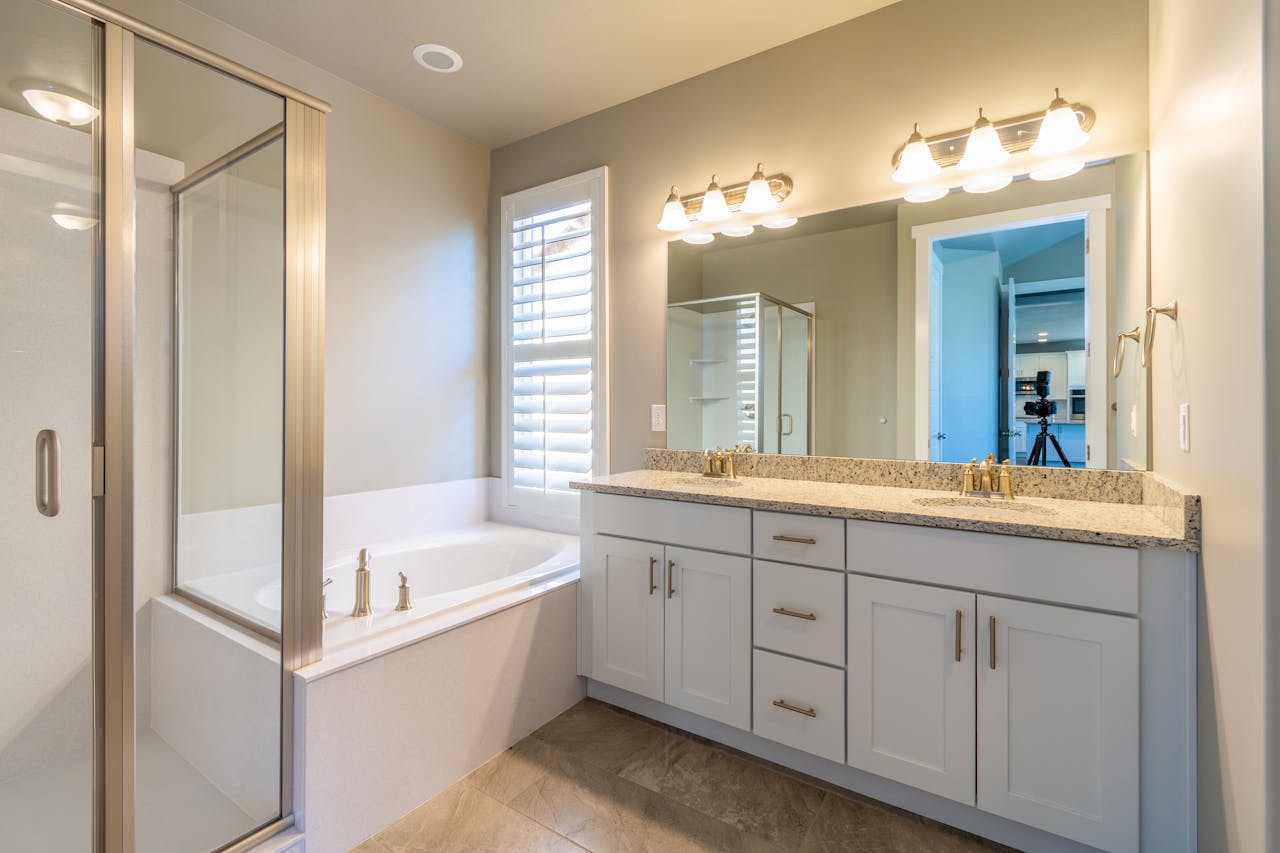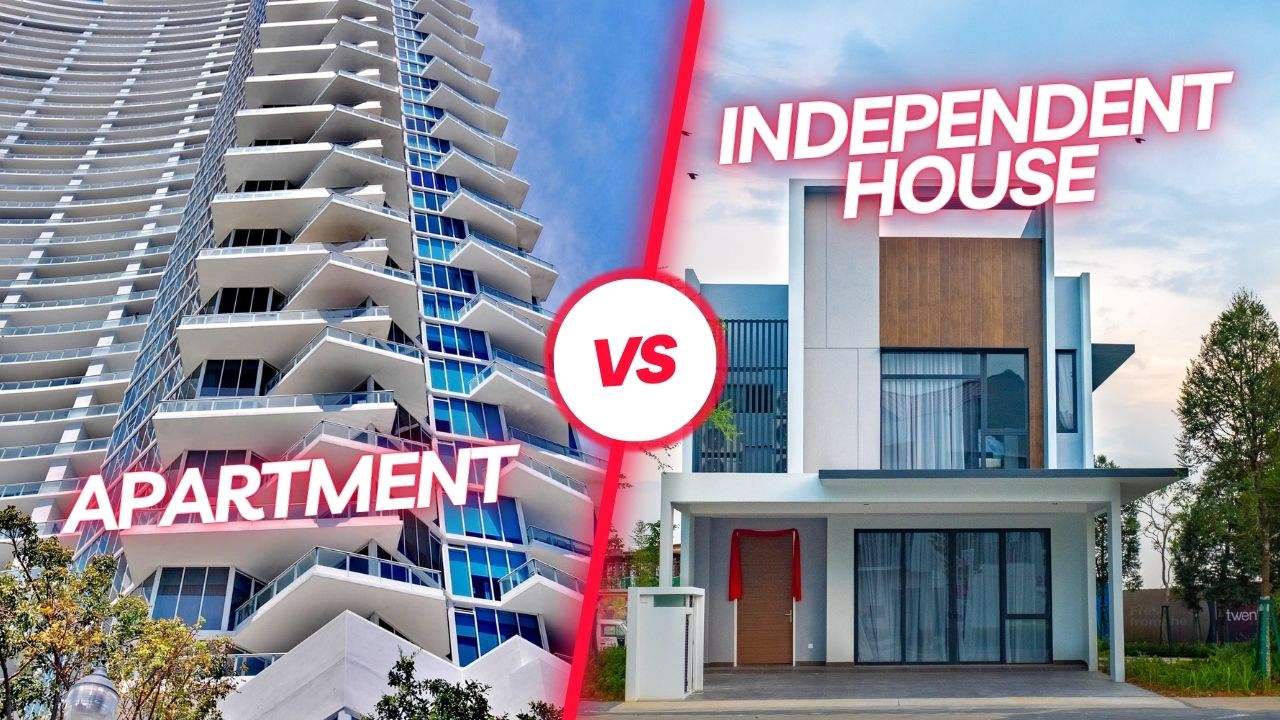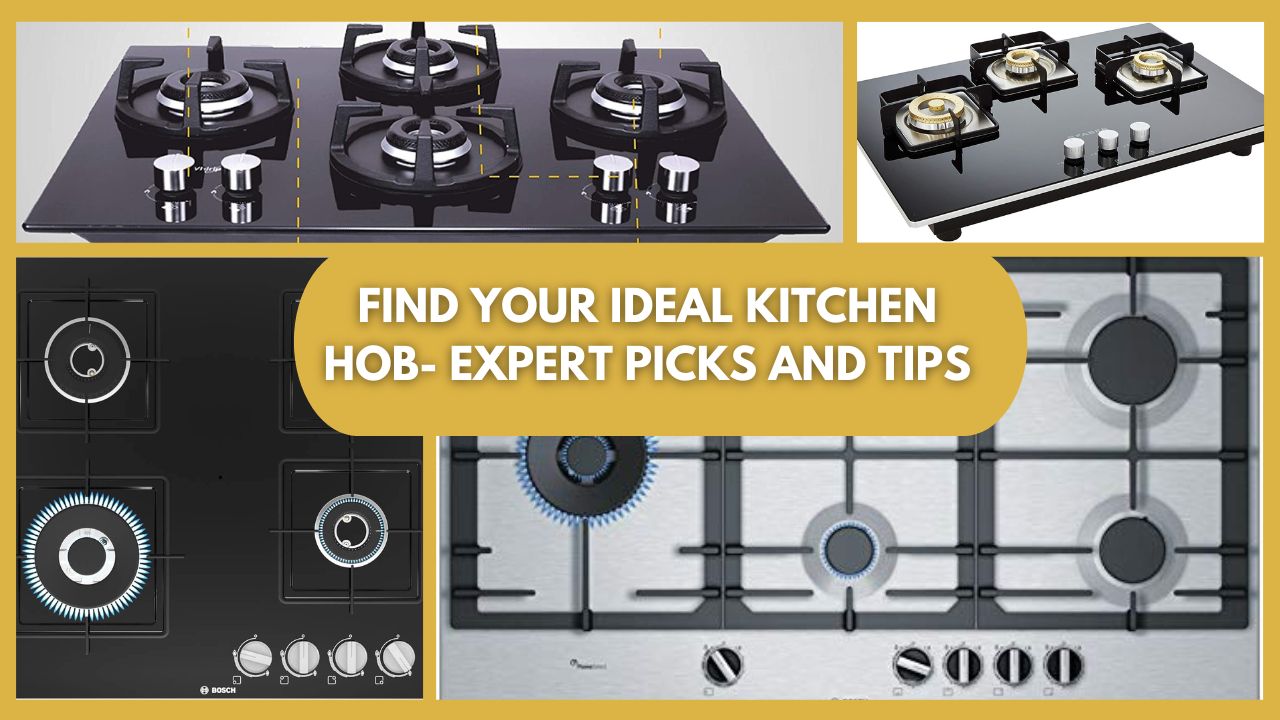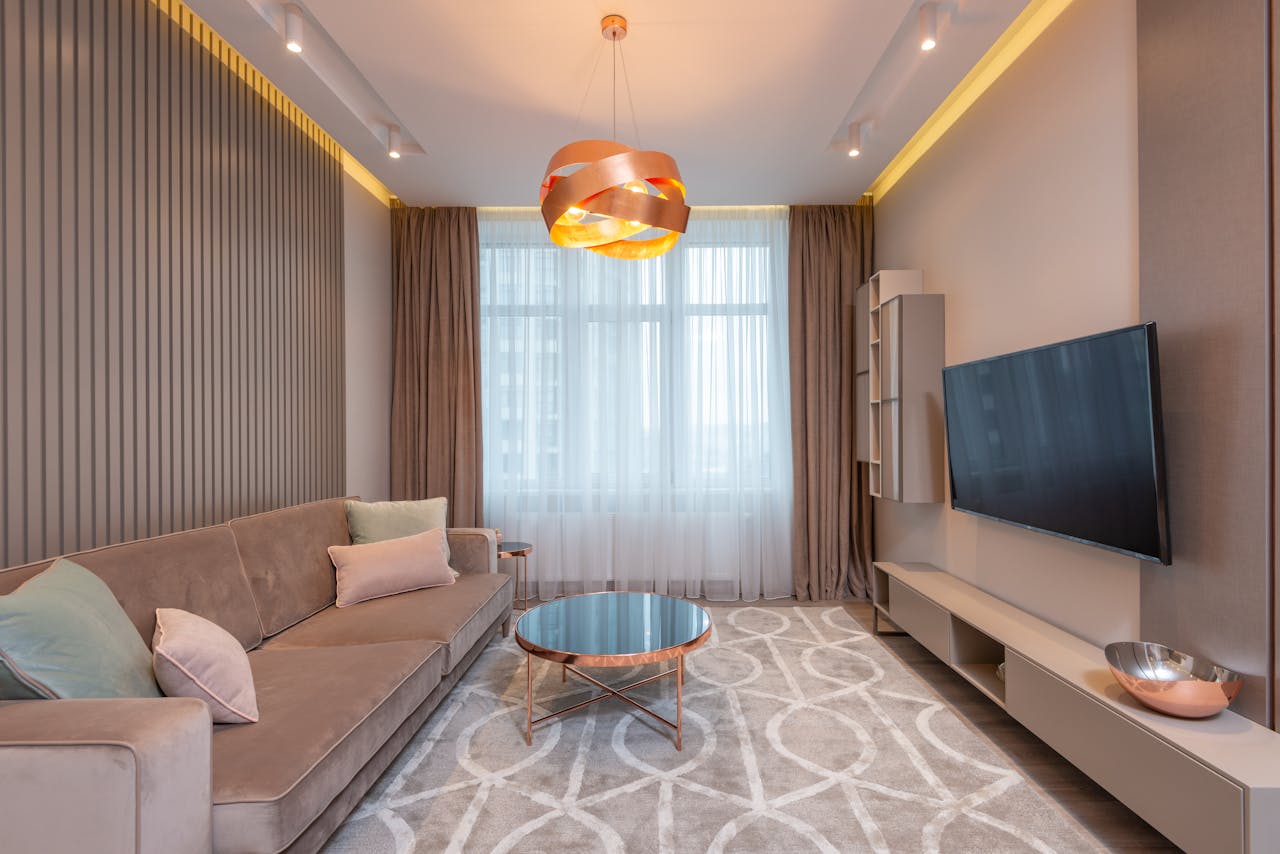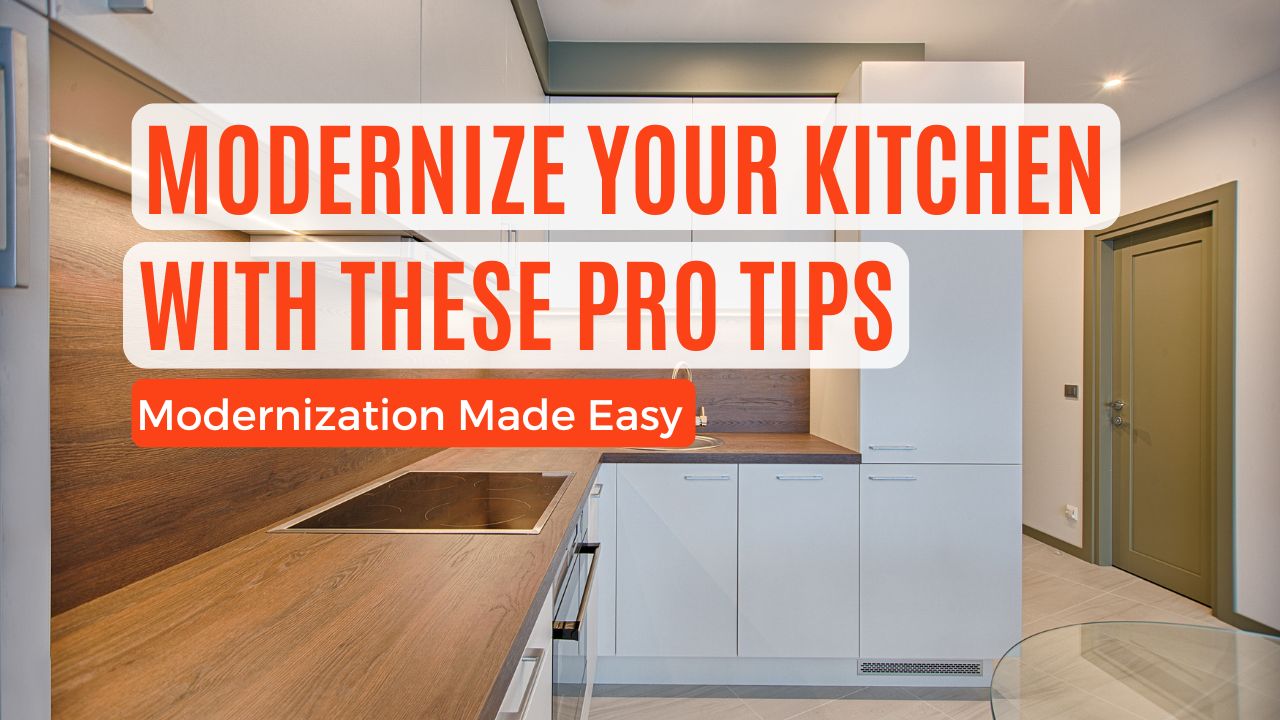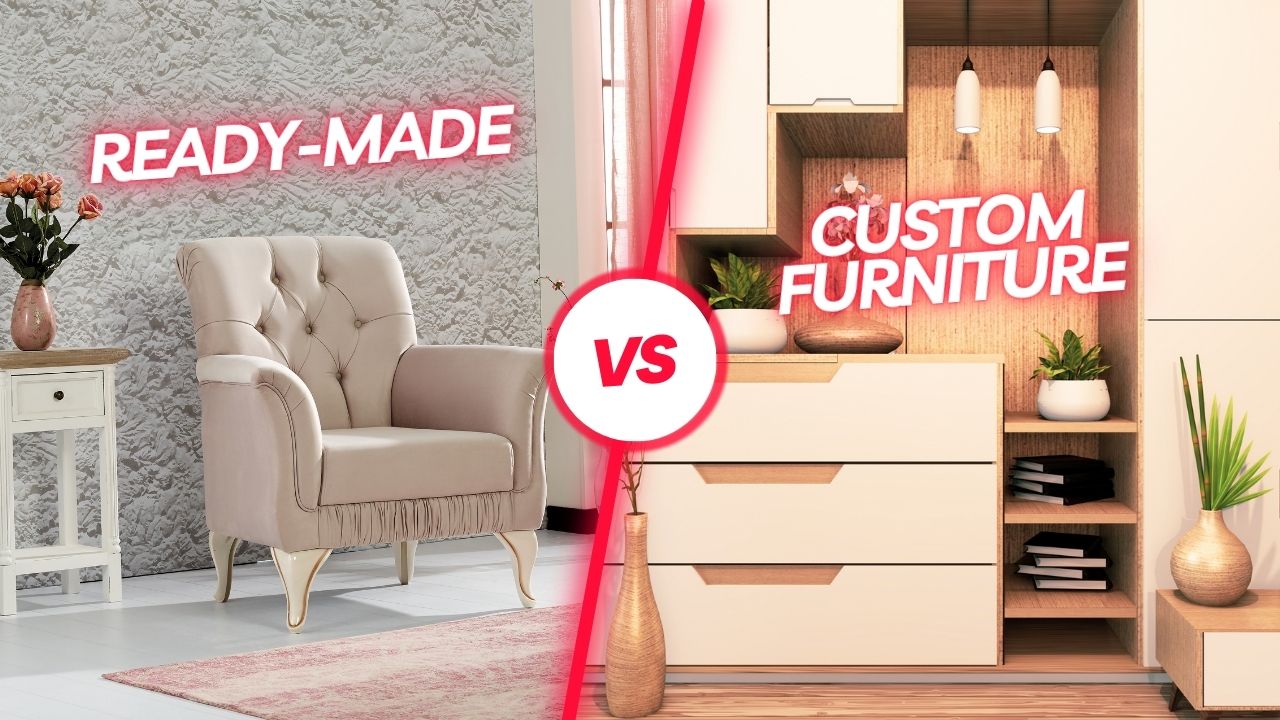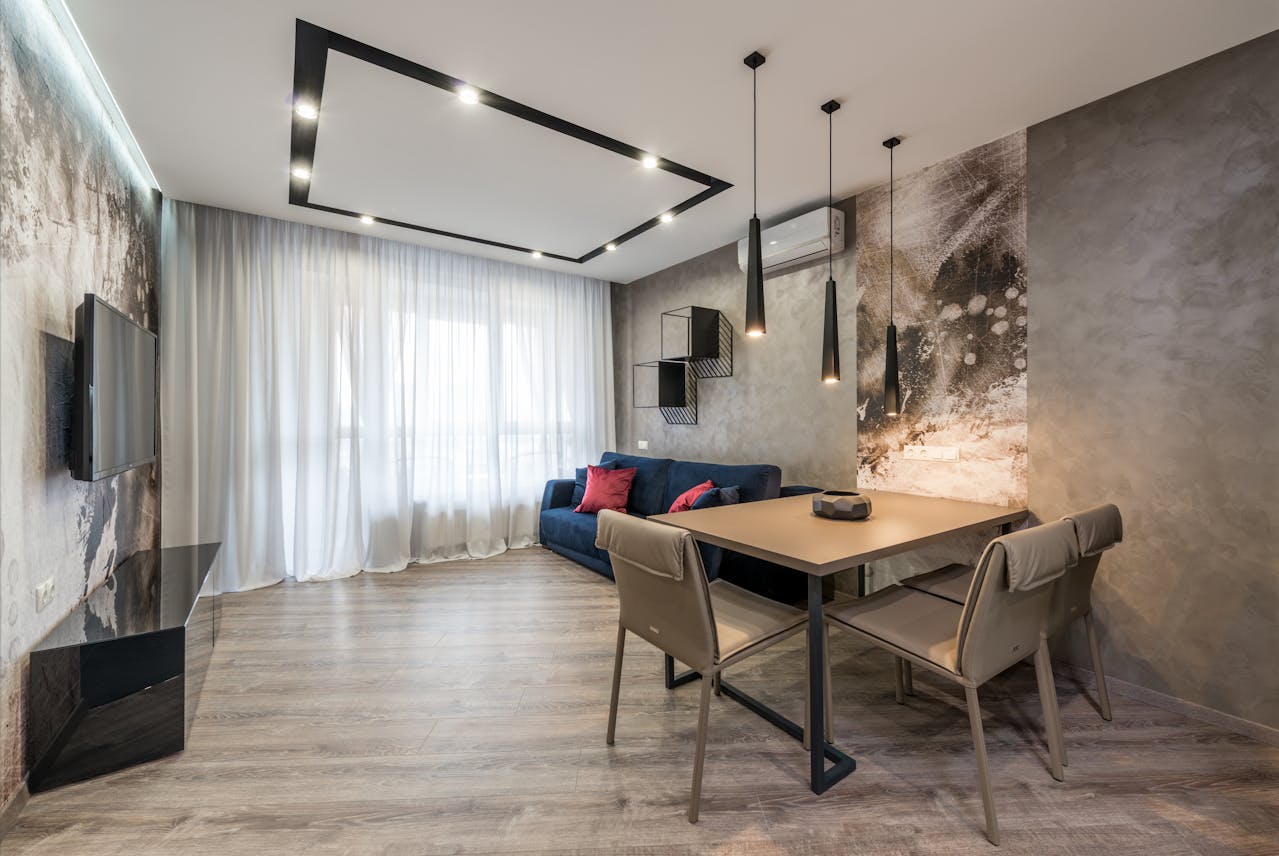A stove is the most essential element in a kitchen. A lot of planning goes into the planning, working, and placement of the stove. The type of stove that you choose for your kitchen can impact the look of your kitchen and also determine the way of working, the planning of under-the-counter space, etc. While the built-in hobs attract us all with their sleek finish and their modularity, as against the traditional cooktops, the confusion keeps stirring in our heads to choose between the two types. In fact, the debate around built-in hob vs traditional cooktop is now central to modern kitchen planning. In addition to the ongoing trends and the cost, one should look for factors such as installation, materials and finishes, efficiency, maintenance and ease of usability. To help you in your decision, the article discusses both a built-in hob and a traditional cooktop in detail. Try our 7-factor evaluation to help you choose the best option for your kitchen, especially if you're browsing the best cooking appliances for home.
Built-in Hob
Built-in hobs are the ones that are flush with the counter. These are designed to give a seamless finish to the counter. With the modular kitchens in play, built-in hobs have carved out their space in the urban users’ vocabulary and thereby in their kitchens. As more people explore the best cooktop for modern kitchen needs, the hob can be chosen based on the number of burners and the type of burner (gas or electric) one requires. To know if a built-in hob is the one better suited for your kitchen, go through the features of a built-in hob as follows – keep in mind this is a key point in any built-in hob buying guide.
1. Cost
The built-in hobs are a little heavier on the pocket when compared with the traditional counterparts. In case of any damage, the replacement or repair can also be a costly affair. This is one reason why many users consider gas hob vs cooktop performance before investing.
2. Installation
Choosing a built-in hob should be one of the first few items in your kitchen checklist. This is for the simple reason that the entire kitchen and thereby the construction planning would be done accordingly. The installation is a little tedious and complex as a cavity has to be cut out from the counter to accommodate the hob. That’s why it's crucial to compare built-in hob vs freestanding stove requirements at the start of your kitchen design.
3 . Aesthetics
The advantage with the built-in hobs is that it imparts a seamless finish to the kitchen as the hob is flushed with the counter. The sleek hobs go very well with the modular concept. The gas pipes are concealed in built-in hobs giving an overall neat look. If you are looking for a clean finish in your kitchen, go for it! When deciding which is better hob or cooktop for aesthetic value, built-in hobs usually win.
4 . Materials and Finishes
The base material of the built-in hob is usually stainless steel with a finish of tinted glass on top. This gives an elegant look to the kitchen space. This stylish appearance also helps when comparing kitchen hob vs gas stove in terms of decor fit.
5. Maintenance
These demand proper care and maintenance for their long life. One important thing to keep in mind is to avoid any kind of water spilling and seepage in and around the burners, as water seepage can damage the hob. The surface has to be cleaned properly routinely to avoid any grime from settling in the hob. This can be done by wiping the surface with the help of alternating wet and dry wipes. At times, a professional maintenance service might also be required.
6. Ease of usability
Since these are at the same level as the counter, it becomes easy to handle the utensils around the hob. The burners can be operated with the use of knobs. Some models have innovations in the manner that the user can manipulate the flame for the outer and inner ring of the burner according to the use and desired heat requirements. Such flame control features make built-ins appealing when you’re comparing which is better hob or cooktop.
7 . Efficiency and safety
The intensity of the flame is low when compared with the traditional cooktops, as the built-in hobs are manufactured in line with European standards. This leads to the increased cooking time when compared with freestanding cooktops. This becomes a deciding factor in the gas hob vs cooktop conversation for many users.
The flame failure feature in the built-in hobs turns the gas supply off automatically, thus preventing any mishaps.
Tip – If one is comfortable with electrical or induction systems for cooking, then one can counter the cooking time by choosing a built-in hob that supports these systems. That’s why it's a top pick among the best cooking appliances for home setups today.
Here, we advice you to check out Upgrade Your Cooking: Top 10 Kitchen Hobs Reviewed and discover the best kitchen hobs to transform your cooking game.
Traditional Cooktop
The traditional cooktops are freestanding stoves that are placed on the counter and have been around for decades now. With the basic concept intact, the traditional cooktops have also seen a tremendous change in form and style to suit contemporary kitchens. The model of the cooktop can be chosen based on the number of burners required by the users. To know if a traditional cooktop suits your kitchen or if you want to ease the decision of retaining a cooktop or not, go through the features of a traditional cooktop as follows – especially helpful when weighing traditional cooktop pros and cons.
1. Cost
These cooktops, when compared with built-in hobs, are reasonable. The advantage of the traditional cooktops is that, in case of any damage, one can easily find replacements and spare parts (irrespective of the model). This cost-effectiveness is often highlighted in any cooktop comparison guide.
2. Installation
The traditional cooktops, with their freestanding feature, are easy to install. These do not require a lot of technical prowess to be installed. There has to be a provision for a gas connection, and voila! You are all set to use it. The best part is that it is portable and can be replaced or shifted without any hassle. That’s why many homeowners prefer them in the built-in hob vs traditional cooktop debate.
3. Aesthetics
Most of the models for a traditional cooktop are bulky to look at, but with innovations, some models are remarkably less bulky and come with a new-age look to complement the contemporary interiors. Another eyesore that comes to the picture is the gas pipe that is visible on the countertop at the point of connection in the stove. Despite this, some still favour traditional models when debating kitchen hob vs gas stove for practical reasons.
4. Materials and Finishes
Most of the cooktops available are made of stainless steel. However, some brands have come up with a tinted glass finish for traditional stoves. This finish helps in beating the blues of missing out on an elegant finish for a contemporary kitchen.
5. Maintenance
ThThe traditional cooktops are very easy to maintain. These can be cleaned to the extent that, the entire stove can be dismantled and cleaned. Any spillage can also be cleaned easily as the stove can be easily lifted, hereafter the counter can be cleaned too.
(If you are a cleanliness freak and are not keen on adding a load to your cleaning routine, go for the traditional cooktop! Cleaning and maintenance are major factors of consideration for any equipment. This maintenance advantage weighs heavily in the cooktop comparison guide for busy homes.)
6. Ease of usability
The cooktops are easy to use and the burners can be operated using knobs. There are a lot of innovations that help in providing an enhanced range for flame settings. The only con with this is that the 4” height of the stove increases the overall height and might be a little troublesome for some people to load and unload heavy utensils.
7. Efficiency and safety
The traditional cooktops are more efficient when compared to the built-in hobs, as they have better flame capacity, thereby reducing the cooking time. The cooktops lack flame failure features, thus making it a little unsafe (here, it is better to be agile and cautious than be sorry). This trade-off is crucial when evaluating traditional cooktop pros and cons.
With the above points, the article holistically approaches the discussion of the two types of stoves in question. The 7-factor evaluation will definitely help you in choosing the best suited option for your kitchen and set of requirements. I would recommend that you should not just follow the trends, but also look into the kind of factors you have in mind.
There is still a tip that I would leave you with –
Try to gauge the space of your kitchen before choosing the stove for your kitchen. Here you will have to see the space that is apt for a stove with respect to your kitchen space, the number of burners that could be accommodated (don’t be over ambitious), your cleaning habits, type of cooking and utensils thereby in your kitchen and the ergonomics of the person who is going to use it the most. This practical tip often gets overlooked in most built-in hob buying guide checklists.
I hope you will make your decision of whether to buy a built-in hob or a traditional cooktop in a wink after going through the above article. Feel free to share your experiences or suggestions in the comments below!

